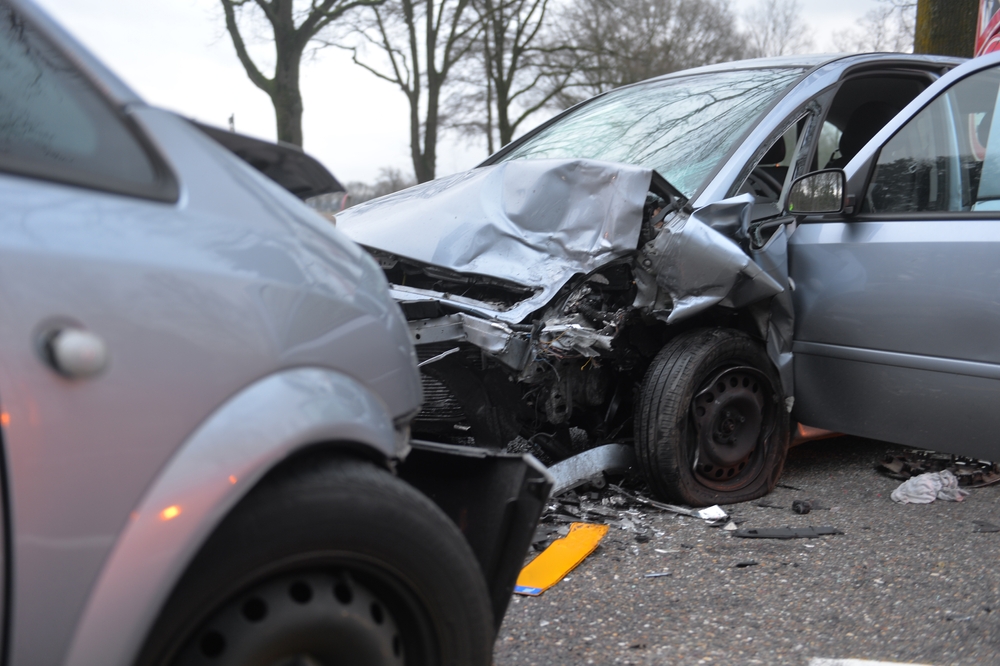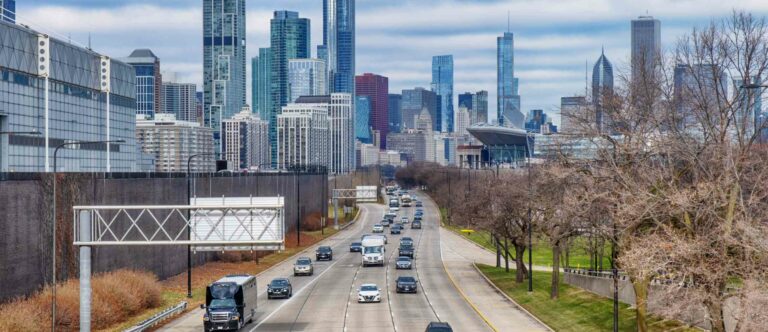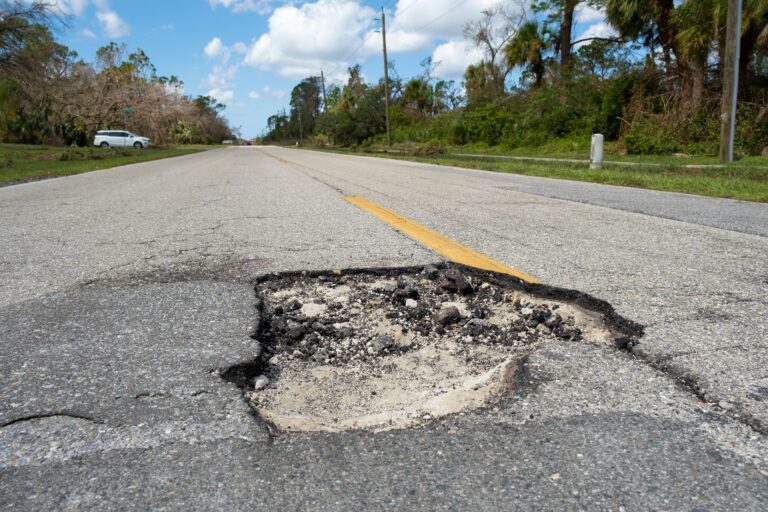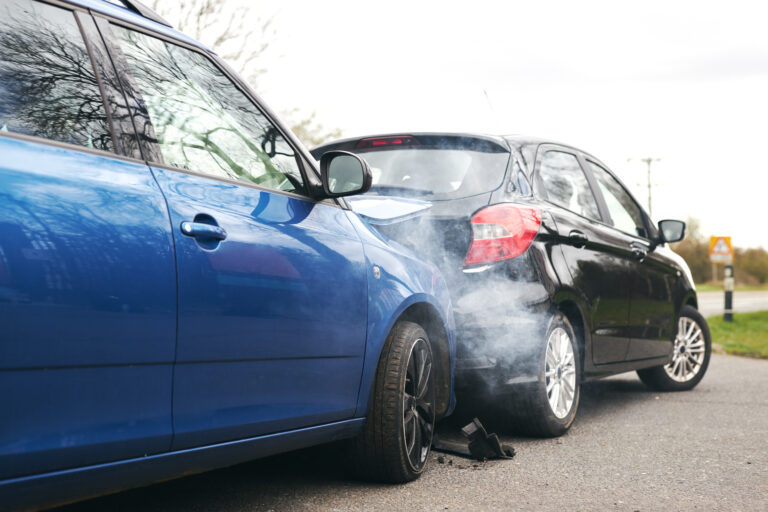It happens in a sickening split second. You’re driving along, minding your own business, and bam – a car darts out from a side street, a driveway, or a parking lot right into your path. The screech of tires, the crunch of metal – it’s a mess. Your first thought, after checking if everyone’s okay, might be, “That idiot pulled right out in front of me!” But then a little voice whispers, “Wait… could I be blamed for this?”
Here’s the short version: Generally, the driver entering a roadway has a duty to yield to traffic already on that roadway. So, in many cases, car accident lawyer the person pulling out is likely at fault. However, “generally” isn’t “always,” and the real world loves throwing curveballs. Determining fault isn’t always straightforward, and assumptions get people into trouble.
If you’ve been in this situation, sorting out liability is a big deal. Give the team at Walner Law a call at (312) 410-8496 to figure out where you stand.
The Fundamental Rule: Right-of-Way
Let’s start with the basics. A core principle is the concept of right-of-way. When a driver is entering a road from a place like a private driveway, an alley, a parking spot, or even merging from a shoulder, they are essentially asking to join the existing flow of traffic.
Illinois law is pretty clear on this. The Illinois Vehicle Code (specifically sections like 625 ILCS 5/11-904 regarding vehicles entering a highway from a private road or driveway, and 625 ILCS 5/11-1205 about emerging from alleys, driveways, or buildings) mandates that a driver entering or crossing a highway from anywhere other than another roadway must yield the right-of-way to all vehicles approaching on the roadway they are entering.
- Entering from Private Drives/Alleys (625 ILCS 5/11-1205): The driver must yield to vehicles approaching on the sidewalk area and, before entering the highway, must yield to vehicles approaching so closely as to constitute an immediate hazard.
- Stop and Yield Signs (625 ILCS 5/11-904, 5/11-1204): If the driver is entering from a side street with a stop or yield sign, they have a clear duty to stop (as required) and yield to traffic on the through street that poses an “immediate hazard.” They cannot proceed until it’s safe to do so without interfering with oncoming traffic.
- Left Turns (625 ILCS 5/11-902): Even at regular intersections, a driver turning left must yield the right-of-way to any vehicle approaching from the opposite direction which is within the intersection or so close as to constitute an immediate hazard. While not strictly “pulling out,” a sudden left turn in front of oncoming traffic functions similarly – the turning driver failed to yield.
The common thread? The onus is usually on the driver entering the flow of traffic to make sure the coast is clear. If they pull out and cause a collision, there’s a strong presumption that they failed in this duty. They didn’t yield when they were legally required to.
But Hold On… It’s Not Always Black and White
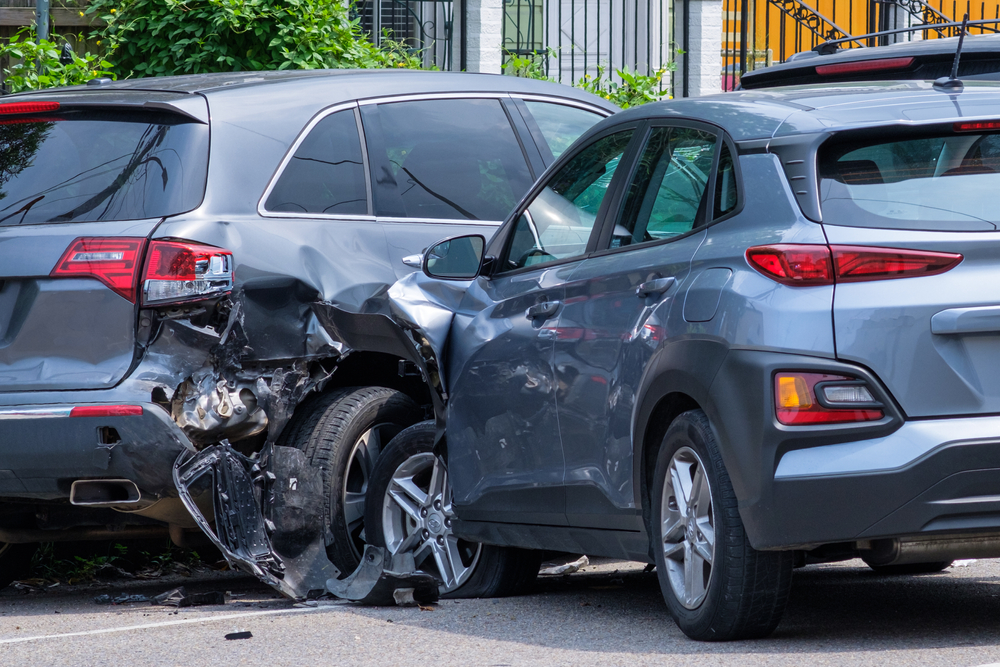
Just because the other driver had a duty to yield doesn’t automatically mean you’re 100% off the hook in every single scenario. Life, and the law, rarely work in absolutes. This is where Illinois’s concept of “modified comparative negligence” comes into play, governed by statute 735 ILCS 5/2-1116.
What does this mean in plain English? It means that if an accident case goes to court, a jury (or judge) can assign a percentage of fault to everyone involved. If you, the driver who was hit, are found partially responsible for the accident, your potential compensation could be reduced by your percentage of fault.
Here’s the kicker in Illinois: If your percentage of fault is determined to be more than 50%, you cannot recover any damages from the other party.
So, how could you, the driver seemingly minding your own business, end up sharing some of the blame? Here are a few ways:
- Excessive Speed: Were you flying down the road significantly over the speed limit? If your excessive speed made it impossible for the other driver (even if they were initially negligent in pulling out) to accurately judge your approach, or reduced your own ability to react and avoid the collision, you might be assigned some fault. The other driver still shouldn’t have pulled out, but your speed could be deemed a contributing factor.
- Distraction: Were you texting, fiddling with the radio, or otherwise not paying adequate attention to the road ahead? If evidence suggests you could have reasonably seen the other vehicle starting to emerge and taken evasive action (braking, swerving) but failed to do so because you were distracted, some fault could fall on you. Drivers have a duty to see what is there to be seen and maintain a proper lookout.
- Driving Without Headlights (at night or in poor visibility): If the accident happened when headlights were required, and yours weren’t on, the other driver might argue they simply couldn’t see you coming. This could definitely shift some percentage of fault your way.
- Ignoring Traffic Signals/Signs: If you ran a red light or a stop sign, and the other driver pulled out thinking it was clear (because it should have been), the primary fault likely flips to you.
The point isn’t that you were doing these things, but that the possibility exists. Insurance companies, especially the one representing the driver who pulled out, will actively look for any reason to shift blame onto you to reduce or eliminate their payout. They might seize on the fact you were going 5 mph over the limit or that you admitted to glancing at your GPS just before impact. This is why simply saying “they pulled out in front of me” isn’t always the end of the story.
The Evidence Trail: How Fault Actually Gets Sorted Out
How do police, insurance adjusters, and potentially courts figure out who did what and assign those fault percentages? It boils down to evidence. Without proof, it’s just one person’s word against another’s.
Here’s what typically comes into play:
- The Police Report: Officers responding to the scene will document basics like driver/witness information, vehicle positions, visible damage, road conditions, and sometimes witness statements or their own preliminary assessment of fault (often citing a specific traffic violation). Important note: While helpful, a police report’s conclusion about fault isn’t legally binding. The officer usually didn’t witness the crash itself, and their opinion is based on hearsay and observation after the fact. It can be challenged.
- Driver and Witness Statements: What did you say happened? What did the other driver say? Crucially, what did any independent witnesses see? Independent witness testimony carries significant weight because they (presumably) have no skin in the game. Getting contact info for any witnesses at the scene is invaluable.
- Photographs and Video: Pictures of the final resting positions of the cars, the damage to both vehicles (location and severity of damage tells a story about the angle and force of impact), skid marks (or lack thereof), road conditions, and any relevant traffic signs or signals are potent evidence.
- Dashcam Footage: In today’s world, dashcams are game-changers. If your camera (or a witness’s camera, or even a nearby security camera) captured the moments leading up to and including the impact, it provides objective evidence that’s hard to argue with. It can clearly show if someone pulled out suddenly without yielding.
- Vehicle Damage Analysis: The specific location and type of damage can indicate how the collision occurred. For instance, damage primarily to the front of your car and the side of the other car strongly suggests the other car pulled into your path. Conversely, damage to the rear of the other car might suggest they had already fully entered the lane and you rear-ended them (a different scenario entirely).
- Accident Reconstruction: In serious accidents with severe injuries or disputed facts, professionals may be brought in. They use physics, vehicle dynamics, roadway evidence, and software to scientifically reconstruct how the accident likely happened, including speeds, positions, and timing.
Insurance Companies: They’re Not Your Friend
After the accident, you’ll be dealing with insurance companies – yours and the other driver’s. Remember their primary goal: resolve claims while paying out as little as legally possible. Their job is to protect their company’s interests, which often means finding ways to blame you, at least partially.
They might:
- Ask for a recorded statement hoping you’ll say something ambiguous or inadvertently admit partial fault.
- Try to use minor details (like going slightly over the speed limit) to drastically reduce your claim based on comparative negligence.
- Offer a quick, lowball settlement before you fully understand the extent of your injuries or damages, hoping you’ll take it and go away.
While your own insurance company should theoretically be on your side (especially if you have collision coverage), they also operate under business constraints. If fault seems unclear, even they might hesitate or investigate thoroughly.
The key takeaway: The insurance company’s determination of fault is their opinion for their purposes. It doesn’t have the final say legally. If they lowball you or deny your claim based on an unfair fault assessment, you have options.
Taking Action After the Dust Settles
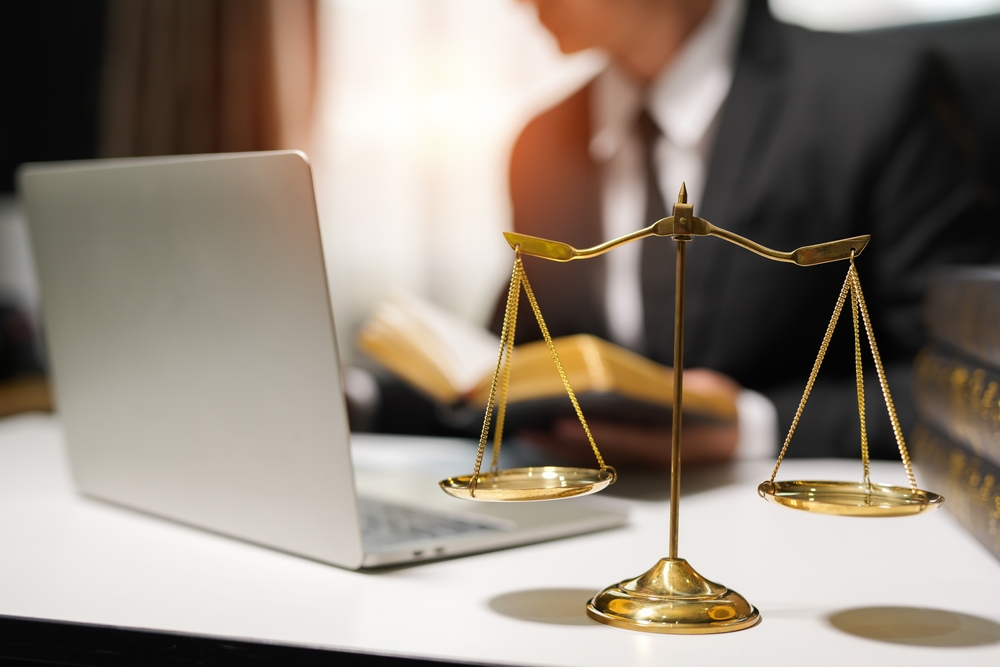
You’ve dealt with the immediate chaos at the scene – police called, information exchanged, maybe the cars were towed. You’re home, shaken but safe. What now? Thinking clearly about the next steps protects your rights.
- Preserve All Evidence: If you took photos or videos at the scene, back them up immediately. If you have a dashcam, save the relevant footage before it gets overwritten. Keep copies of the police report, exchange information, and any medical records related to the crash.
- Document Everything: Start a file. Keep track of all accident-related expenses: medical bills (even co-pays), medication costs, vehicle repair estimates or bills, rental car costs, and any lost wages if you missed work due to injuries. Note down how your injuries are affecting your daily life. Memories fade, but records last.
- Report to Your Insurance: Notify your own insurance company about the accident, even if you believe the other driver was 100% at fault. Stick to the facts. Avoid speculation or admitting fault.
- Be Cautious with the Other Insurer: When the other driver’s insurance adjuster calls (and they likely will), be polite but wary. You are generally not obligated to give them a recorded statement, especially early on. Anything you say can be twisted or used against you. It’s wise to consult with an attorney before providing any detailed statement or signing any documents they send you.
- Seek Medical Attention (Even if You Feel Fine): Adrenaline masks pain. Some injuries, like whiplash or even internal issues, might not show symptoms immediately. Get checked out by a doctor. This creates a medical record linking any injuries to the accident, which is necessary if you need to claim compensation later.
Why You Need Someone in Your Corner
You might be thinking, “This seems straightforward. They pulled out, it’s their fault.”
Consider these points:
- Disputed Fault: As we’ve discussed, the other driver or their insurance company will look for ways to blame you. If they succeed in painting you as more than 50% responsible under Illinois’s comparative negligence rule, you get nothing. An attorney experienced in handling these specific accident types knows how to gather evidence (like witness interviews, securing surveillance footage, or even hiring an accident reconstructionist if needed) and build the strongest argument to counter claims of your negligence.
- Dealing with Insurance Adjusters: Adjusters are trained negotiators. They handle claims daily. You don’t. Having a lawyer levels the playing field. They handle communications, protect you from saying something detrimental, and fight back against lowball offers or unfair tactics.
- Calculating Fair Compensation: If you were injured, what is your claim actually worth? It’s more than just medical bills and car repairs. It includes pain and suffering, lost enjoyment of life, future medical needs, and lost earning capacity. An attorney understands how to properly value these damages and fight for the full compensation you deserve.
- Navigating the Legal Process: If a fair settlement can’t be reached, a lawsuit might be necessary. The legal system has complex rules and procedures. An attorney handles the filings, deadlines, and court appearances, allowing you to focus on recovery.
Secure Your Rights After a Pull-Out Accident
Don’t let someone else’s mistake cost you more than it already has. If a driver pulled out in front of you, leading to an accident and potential injuries, take control of the situation. Get the facts personal injury attorney and explore your options.
Call Walner Law today at (312) 410-8496 for a clear assessment of your case. Let us fight for you.


 Skip to content
Skip to content

